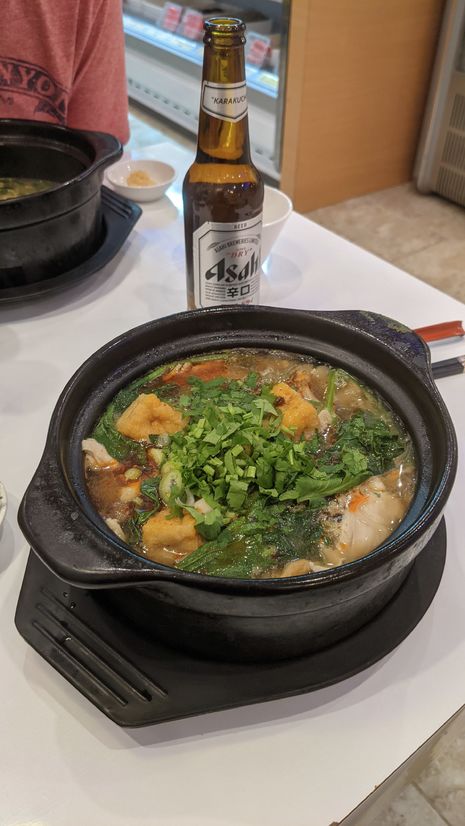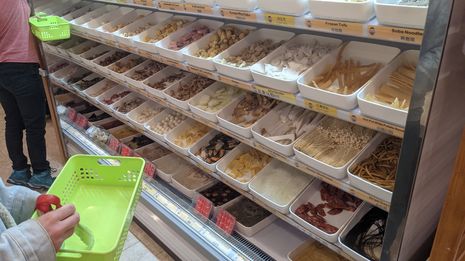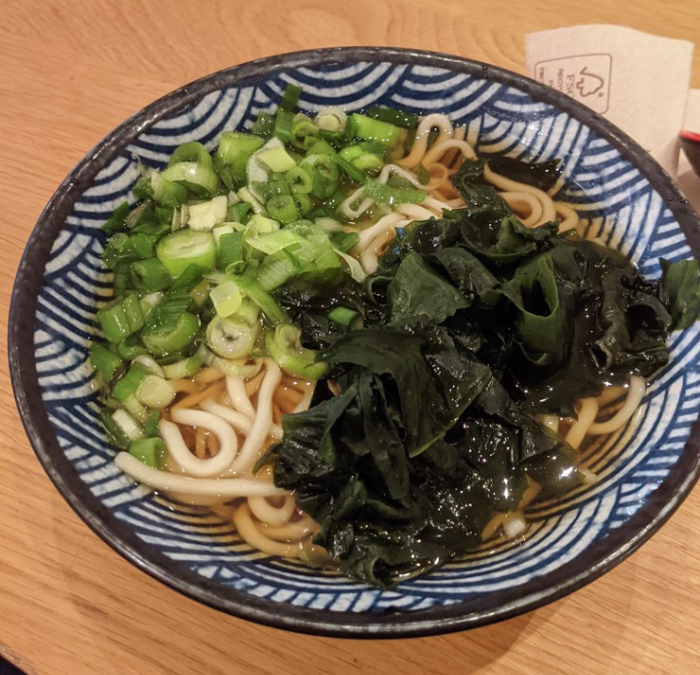Mr Wang’s Hot Pot is brilliantly innovative
Food columnist George Carew-Jones continues his Cambridge culinary adventures with a visit to Mr Wang’s Hot Pot, a Chinese restaurant with a difference.

There’s two types of people in this world: those who abhor the idea of doing any work towards preparing their food in a restaurant, and the rest of us. In Korean barbecue establishments or those places where you get to cook your own meat on hot stones, I’ve often overheard people (let’s be honest, always men…) spluttering with outrage at the concept. How dare we be charged to cook our own meal, the gammon-faced loudmouth asks. Fortunately for us, such people will never get to experience the innovative brilliance that is Mr Wang’s Hot Pot.
When it comes to the Cambridge culinary scene, the bottom of Regent Street is often an unexplored sea of riches. So much so, in fact, that I stumbled upon Mr Wang’s Hot Pot largely through serendipity. Having been rejected from another restaurant for arriving late (review on that one to come soon; I’m persistent), I was drawn towards the bright yellow facade of Mr Wang’s. Like lots in this restaurant, the first impression is unusual. Upon stepping inside, you are presented with a white and yellow café table arrangement and a large supermarket-style fridge on the left. This fridge contains, and I don’t use this term lightly, all sorts of goodies. Five different types of mushrooms, eight different types of noodles, tripe, ox aorta, spam.

My interest welled and truly piqued, I was welcomed in by an enthusiastic waitress who shoved a menu into one of my hands and a basket and tongs into the other. The signature dish at Mr Wang’s is malatang – literally translated as ‘spicy numbing hot soup’. Malatang originated in Sichuan, and it differs from a more traditional Northern Chinese hot pot in that it contains Sichuan pepper, which adds the unique numbing sensation on top of the more traditional hot (capsaicin) spice. These two ‘types’ of spice are known as ‘là’ and ‘má’ in Chinese – hence malatang. At this point I should shout-out the brilliantly named author Fuchsia Dunlop, who provides an excellent history of Chinese food for a Western audience in her various cookbooks.
“The malatang’s flavour depth is stunning – salty and sweet, gingery and earthy, numbing and hot.”
Back to Mr Wang’s, and my dining partners are beginning to panic. How does this work? Are we supposed to cook the whole thing ourselves? How did they even get ox aorta? Calmly, our waitress explains the process: we choose a stock base (bone broth, or tomato for the veggies) and a spice level, and we then use our baskets to choose what ingredients from the shelves we would like in the broth. The baskets are weighed and then taken to the kitchen where it is all cooked for you. Tactics abound – I picked the least dense ingredients for a maximum price: quality ratio (once more, Student Finance England will be delighted). For a fairly hefty portion, this ended up at £14 for me, and £9 for my (smaller) dining partner.
Upon delivery, the malatang met every expectation. The flavour depth is stunning – salty and sweet, gingery and earthy, and of course numbing and hot. The cornucopia of textures resulting from all the added ingredients delights the palate too. Pak choi and rice noodles pleasingly flop around the soup as I search for my chosen constituents. The deep-fried egg, spam and oyster mushrooms were fan favourites amongst our group, but some of the rarer meats unfortunately lacked flavour. This was probably as a result of being stored frozen – apparently fresh ox aorta is hard to find in Cambridge. Two warnings, however. Firstly, the malatang arrives hotter than the sun. One of my dining partners had to take a call outside for 15 minutes and upon return, his dish was roughly the right temperature. And secondly, the spice level is not watered down much for a UK audience – a ‘medium’ here equates roughly to a Nando’s extra hot…
I finished my malatang at Mr Wang’s feeling happy and satisfied. It is just really fun; it does what all great food does, which is to transport you elsewhere. The best compliment I can pay to this restaurant is that I haven’t experienced anything like it anywhere else in the UK, especially given that the ambitious concept is met with strong execution. As we slumped in our chairs after completing consumption, we were even given a free Diet Coke by the waitress. Mr Wang, you have a new fan – thank you for bringing childlike joy to my life.
 News / Eight Cambridge researchers awarded €17m in ERC research grants27 December 2025
News / Eight Cambridge researchers awarded €17m in ERC research grants27 December 2025 News / Downing investigates ‘mysterious’ underground burial vault 29 December 2025
News / Downing investigates ‘mysterious’ underground burial vault 29 December 2025 Lifestyle / Ask Auntie Alice29 December 2025
Lifestyle / Ask Auntie Alice29 December 2025 Sport / Hard work, heartbreak and hope: international gymnast Maddie Marshall’s journey 29 December 2025
Sport / Hard work, heartbreak and hope: international gymnast Maddie Marshall’s journey 29 December 2025 Interviews / Meet Juan Michel, Cambridge’s multilingual musician29 December 2025
Interviews / Meet Juan Michel, Cambridge’s multilingual musician29 December 2025









